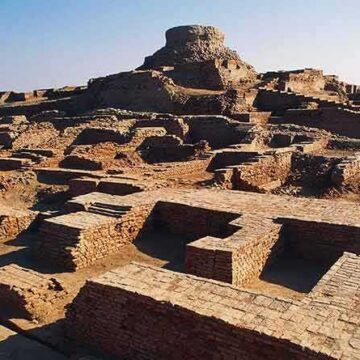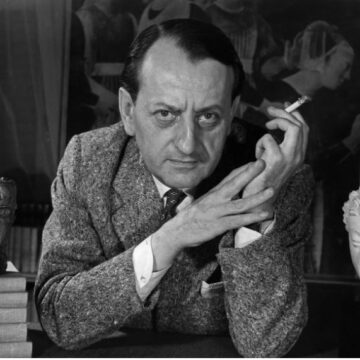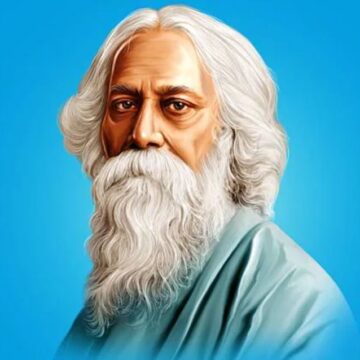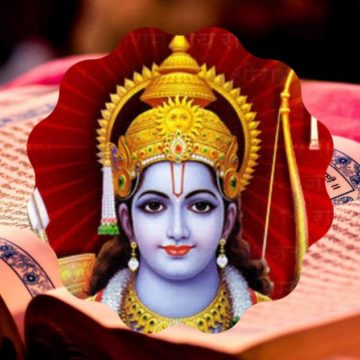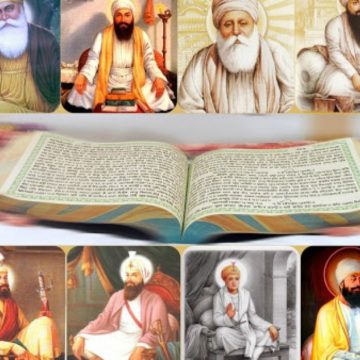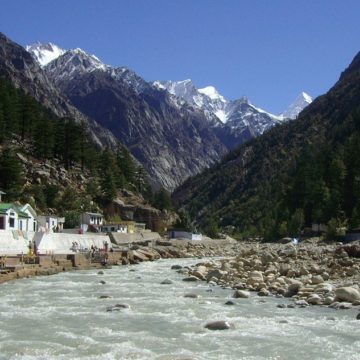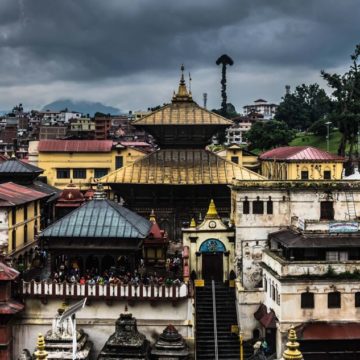This paper was originally written in Russian by Dr. Aleksandr A. Semenenko, a historian based in Voronezh, Russia.
Dr. Semenenko is one of the few Western scholars who have defended the Out-of-India theory which purports to explain the spread of the Indo-European languages. His work is ground-breaking, because he relies not only on textual or linguistic proof, but also on archaeological and material evidence. His researches have now provided a very solid archaeological underpinning for the OIT.
Dr. Semenenko has recently presented summaries of his findings at Sangam Talks:
Steppe Route of Indo European Dispersal:Preliminary Findings (https://www.youtube.com/watch?v=lgRdwkZnGqA)
The Tarimian Trace of the Indo European Dispersal (https://www.youtube.com/watch?v=jyY7EHotXto)
The Rigveda Chronology And The Indo European Homeland (https://www.youtube.com/watch?v=S1Bsm79cVvk)
Dr. Semenenko's original and far-reaching work has been endorsed by such pioneers of the OIT such as Shrikant Talageri and Koenraad Elst: see for example, the Sangam Talk "Getting serious about the "Aryan" debate" (https://www.youtube.com/watch?v=rDSy9gPAB3s)
The bulk of Dr. Sememnenko's work is in Russian. However, he has also written extensively in English as well, and interested readers can find his path-breaking papers at:
https://independent.academia.edu/AlexandrSemenenko/Articles-in-English
or at:
https://www.researchgate.net/profile/Aleksandr-Semenenko-2
In this monograph, which is the first of his papers to be published in India, Dr. Semenenko shows that Rigvedic hymns mentioning forts being besieged or stormed do not occur in the oldest layers of the Rigveda. The oldest mentions of forts occur in a peaceful context. Dr. Semenenko also decisively refutes the AIT, according to which the earliest hymns should have described the destruction of forts. The author demonstrates that the description of fortresses in the Rigveda and the Atharvaveda reflect a unique chain of archaeological events in the history of South Asia — wherein a period when fortified settlements were besieged and burned down was followed by a period when they existed peacefully. This sequence of events corresponds to a transition from the Early Harappan period to that of Mature Harappa, and was never repeated again. With this insight, Dr. Semenenko has succeeded in establishing an absolute chronology for the Rigveda (which was hitherto not possible).
The translator dedicates his translation to the memory of his late lamented Russian teacher, Dr. Ganesh.V. Marathe. This translation was rendered possible only owing to Dr. Marathe's charity towards a schoolboy who could not have afforded to pay for the Russian lessons.
Category: <span>TRANSLATION</span>
André Malraux on India and Bangladesh – Part 2
In the second installment of André Malraux's views on India and Bangladesh, Dileep Karanth translates an open letter written by André Malraux to the president of the USA, Richard Nixon. In the letter André Malraux questions the stand taken by the newly emerged superpower that the USA was, towards India, Pakistan, and Bangladesh.
André Malraux on India and Bangladesh – Part 1
This is a translation of two web pages about the French writer André Malraux, and his views on India and Bangladesh.
Dileep Karanth brings to light the love and fascination that a misunderstood frenchman, André Malraux, had for India - not only the politically defined territories of India but also the civilisation; as his words to the students in Dacca prove.
The article attempts to understand the man and his ideologies and beliefs before delving into his love for India.
Hymns to Brahman – Part 1; By Rabindranath Tagore
These verses are selected and translated from the poet Rabindranath Tagore’s vast repertoire of Bengali Brahamsangeet song lyrics. These song lyrics are rich in terms of literary finesse, outstanding as musical compositions of a classical or semi-classical nature; and, they demonstrate an intense religious longing in the poet – a yearning to attain and dwell in a constant state of union with the Divine.
India’s History: Part I, By Rabindranath Tagore
This is an English translation of the essay “Bharatbarsher Itihas” by Rabindranath Tagore, to be found in his anthology of Bengali essays entitled “Bharatavarsha”. The anthology contains several of Rabindranath’s longish essays concerning historical, cultural, and political dimensions of India, all written between 1901 and 1905, a period which can be described as the zenith of Bengal’s (and in turn, India’s) rebirth in the Modern Era. Each of these essays, though deeply embedded within the historical context of the author’s time and space, is largely relevant for all of India today.
The story of Rama in the Granth Sahib
Sri Rama's dharmic existence served as the guide for the Gurus while composing the Granth Sahib.
The Glory of the Adi Shri Guru Granth Sahib
The Guru Granth Sahib is a ship whose destination is the attainment of Parabrahma Paramatma.
Rukmini’s Letter to Sri Krishna: A Translation
One of Pandit Narendra Sharma’s last poetical works showcasing the prowess of the Śuddha Hindi language.
In Search of the Source of the Bhāgīrathī
Acharya Jagadish Chandra Bose's journey to discover the locks of Mahādeva.
Trial by Fire
Editor’s Note: This story, Agni Pariksha, by Acharya Jagadish Chandra Bose first appeared in the monthly “Dasi” (ed. Ramananda Chattopadhyay) in its May 1895 issue. Along with his other non-scientific papers and articles, it was published in 1922 as part of the book Abyakta (http://www.jcbose.ac.in/publication ). The book was received very well, and has been reprinted several times by different...

